Selecting the appropriate weaving density for fetal monitoring straps is crucial for ensuring both diagnostic reliability and comfort in medical applications. When developing these critical components, manufacturers must balance technical performance with patient experience to create products that effectively support prenatal monitoring.
The typical weaving density of fetal monitoring straps ranges from “high density” (80+ threads per inch) to “lower density” (40-60 threads per inch). High-density weaves offer superior durability and support for sensitive electronic components, while lower-density options provide enhanced breathability and comfort during extended monitoring sessions.
Explore key factors in selecting weaving density, compare materials, and review performance traits to choose the best option for your monitoring application needs.
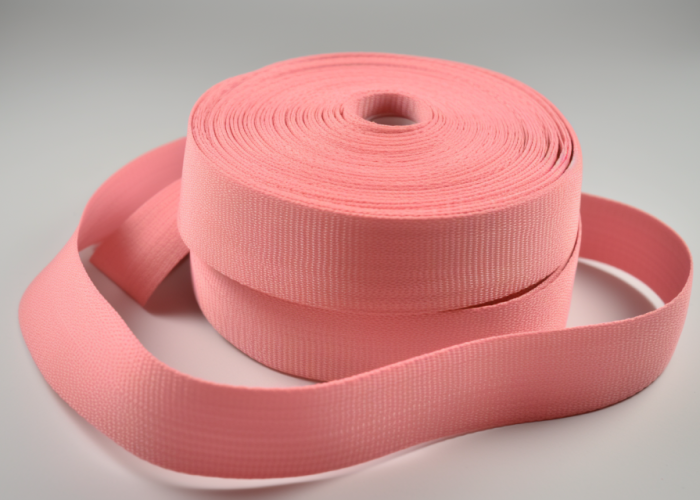

Webbing manufacturing expert with 15+ years of experience helping product developers build high-performance straps for industrial, medical, and outdoor use.
Required durability, comfort needs, electronic component integration, and monitoring duration are the factors that affect the weaving density of fetal monitoring straps. Manufacturing techniques, material selection, and intended medical application determine the optimal thread count for these specialized devices.
Key factors at a glance:
High density construction offers superior protection for embedded electronics, creating a stable foundation for sensors during extended monitoring. Material composition impacts density requirements, with premium synthetics allowing higher thread counts without sacrificing flexibility.
Knitting/jacquard techniques enable straps with controlled density zones – higher thread counts near equipment and more breathable construction against skin. Ventilation is critical for sessions lasting 20+ minutes, requiring engineers to balance structural integrity with proper airflow.
For fetal monitoring, stability and comfort are equally important. Devices must maintain consistent positioning for accurate readings while remaining comfortable during emotionally challenging medical situations.
Fetal monitoring straps typically come in two primary density categories: high-density weaves (80+ threads per inch) and lower-density options (40-60 threads per inch). Specialized mid-density configurations balance performance characteristics for specific monitoring needs.
Density options overview:
High-density options provide maximum sensor stability and extended lifespan. These tightly woven straps resist stretching but sacrifice breathability. Medium-density weaves offer reasonable stability while maintaining adequate ventilation, becoming more popular as monitoring components shrink in size and weight.
Lower-density constructions prioritize patient comfort during extended sessions. The reduced thread count enhances airflow and reduces heat buildup against skin. Advanced manufacturing now enables hybrid density patterns with targeted reinforcement where needed and breathable sections against skin.
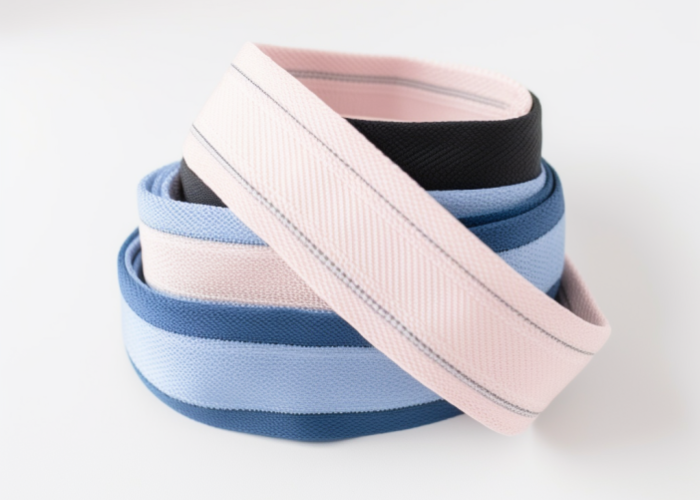
Fetal monitoring straps typically use elastic synthetic fibers like nylon, polyester, and specialized elastomeric compounds that balance strength with flexibility. These materials maintain consistent tension around the abdomen while securing monitoring sensors in optimal positions.
Common materials at a glance:
Nylon offers exceptional strength for consistent tension applications. Polyester provides superior moisture management during extended sessions. Advanced elastomeric compounds offer improved skin comfort while maintaining structural integrity, often including antimicrobial properties and resistance to medical-grade disinfectants.
Material selection also considers ultrasound transmission compatibility, with certain synthetics minimizing interference with sound waves for improved monitoring accuracy.
Weaving density directly affects the breathability of fetal monitoring straps, with lower density patterns (40-60 threads per inch) offering significantly better air circulation compared to high-density options. This relationship between thread count and ventilation impacts patient comfort and examination quality.
Breathability impact factors:
Lower weaving density creates larger gaps between threads, allowing better airflow, heat dissipation, and moisture evaporation. Advanced weaving techniques create ventilation channels while maintaining structural integrity. Material selection works with density to determine overall breathability, with moisture-wicking synthetics helping manage perspiration even in denser weaves.
Temperature management is critical during monitoring, as higher density weaves retain more body heat. Lower density options provide better temperature regulation in warmer environments or for temperature-sensitive patients.
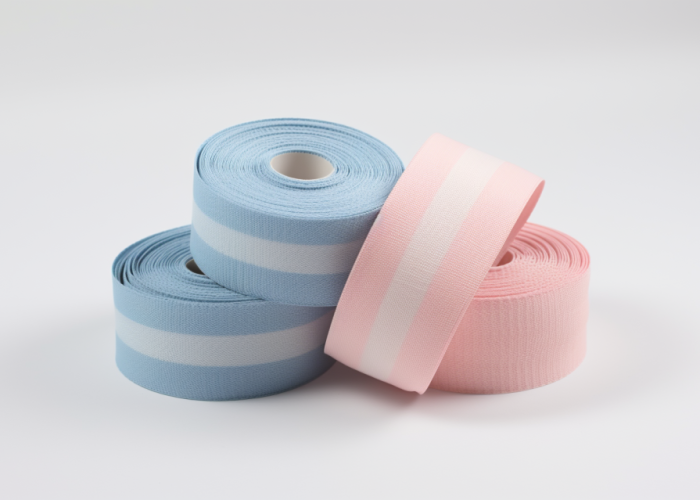
Higher weaving density significantly improves the durability of fetal monitoring straps through increased structural integrity, better resistance to stretching, and enhanced protection of embedded electronic components. This increased lifespan must be balanced against comfort requirements for optimal performance.
Durability factors at a glance:
High-density weaves distribute forces more evenly across the entire strap, reducing stress concentration that leads to premature failure. The tighter construction limits individual thread movement, minimizing internal abrasion that gradually weakens the material structure over repeated use cycles.
Electronic component protection is significantly enhanced by higher density constructions. The tighter weave provides better physical shielding against impacts while securing components more firmly in their intended positions. This protection extends to connector points, which often represent failure points in monitoring straps.
Cleaning resistance improves with higher density weaves, as the tighter construction limits chemical penetration into the material core. This protection is particularly important for medical devices requiring frequent disinfection with potentially harsh cleaning agents.
Weaving density directly influences patient comfort through skin contact properties, with lower density weaves (40-60 threads/inch) offering better conformability and reduced pressure points during extended monitoring sessions. The ideal density balances comfort with monitoring accuracy requirements.
Comfort considerations include:
Lower density weaves offer enhanced flexibility that better conforms to individual body contours, reducing pressure points during extended monitoring. This conformability is particularly important for pregnant patients whose body shape changes throughout the monitoring period. The more open structure also reduces surface contact area against skin, enhancing perceived comfort.
Pressure distribution is significantly affected by weaving density. Higher density constructions tend to spread pressure more evenly but feel more rigid against skin. Lower density options, while more flexible, may concentrate pressure at specific points if not properly designed. Advanced hybrid density patterns optimize pressure distribution while maintaining monitoring accuracy.
Edge construction critically affects patient perception of comfort regardless of overall density. Specialized finishing techniques create softer edges that reduce irritation points while maintaining necessary tension for accurate monitoring.
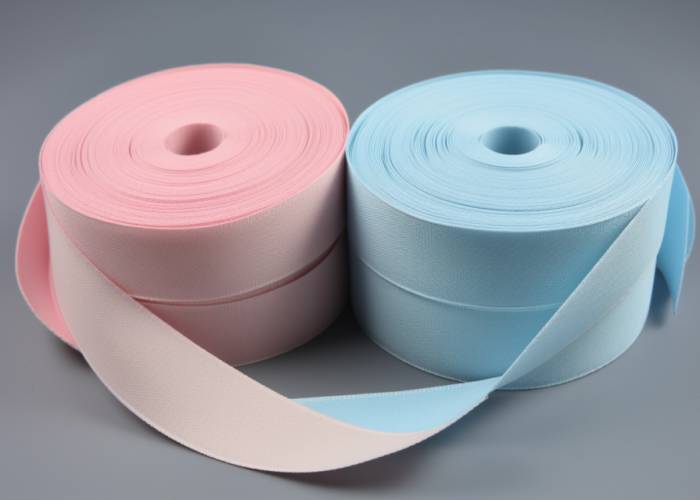
Lower density weaving (40-60 threads/inch) offers superior breathability, flexibility, and comfort, while higher density patterns (80+ threads/inch) provide enhanced durability, stability, and electronic component protection. The optimal choice depends on specific monitoring requirements, session duration, and patient sensitivity.
Comparison at a glance:
Lower density constructions excel in patient comfort scenarios, particularly for extended monitoring sessions or patients with sensitive skin. The improved airflow reduces moisture buildup and heat retention, while the enhanced flexibility better accommodates movement during monitoring.
Higher density weaves provide superior performance in technical aspects, particularly sensor stability and consistent positioning critical for accurate monitoring. The improved durability extends product lifespan and reduces replacement frequency, particularly valuable in high-volume clinical settings.
Mid-range density options (60-80 threads/inch) offer a balanced approach that accommodates both technical and comfort requirements. These balanced constructions have gained popularity as monitoring technology advances reduce equipment weight and size, allowing slightly less rigid support structures.
Advanced hybrid density patterns represent the cutting edge in monitoring strap design, with targeted performance zones optimized for specific functions. These specialized constructions offer the benefits of both density ranges within a single product.
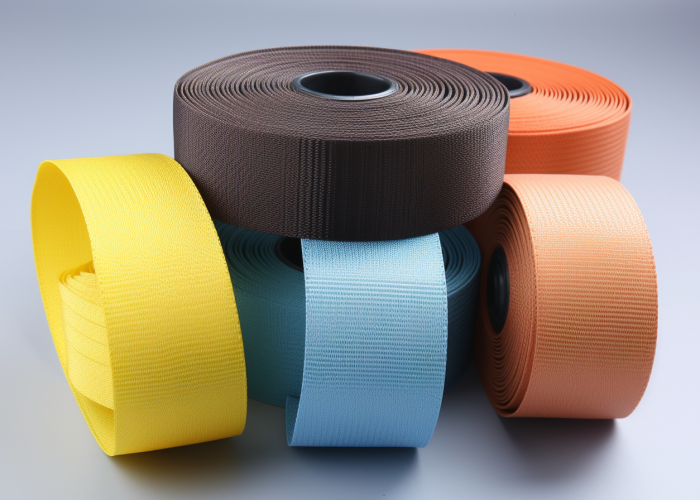
Weaving density significantly impacts fetal monitoring strap performance through balanced durability, breathability, and comfort characteristics. The optimal density depends on specific monitoring requirements, session duration, and patient needs. As a specialized webbing manufacturer, we can develop custom solutions with targeted density patterns, advanced materials, and hybrid constructions tailored precisely to your product specifications and performance requirements.
Higher density weaves generally increase production costs by 15-25% compared to lower density alternatives due to increased material usage and longer manufacturing time. However, the extended service life and improved performance often justify this investment for critical monitoring applications.
Yes, weaving density directly impacts monitoring accuracy by influencing sensor stability and positioning. Higher density weaves (80+ threads per inch) provide more consistent sensor placement, resulting in more reliable readings, while lower density options may allow subtle sensor movement during extended sessions.
Higher density weaves (80+ threads/inch) can withstand more rigorous cleaning protocols, including hospital-grade disinfectants, while lower density options require gentler approaches to maintain integrity. Always follow equipment manufacturer guidelines for cleaning frequency and specific cleaning agents.
Advanced zone-specific density patterns, antimicrobial fiber integration, and hybrid constructions combining multiple densities within a single strap represent the cutting edge of monitoring strap technology. These innovations optimize both technical performance and patient comfort simultaneously.
Fetal monitoring straps typically require replacement after 100-200 uses in clinical settings, depending on the weaving density and material quality. Higher density weaves (80+ threads/inch) generally offer 30-40% longer service life compared to lower density alternatives when subjected to similar cleaning protocols.
Yes, custom weaving densities can be specifically engineered for particular monitoring equipment requirements and clinical applications. Our manufacturing capabilities allow for precisely tailored thread counts, hybrid density patterns, and reinforced zones optimized for specific sensor types and monitoring protocols.